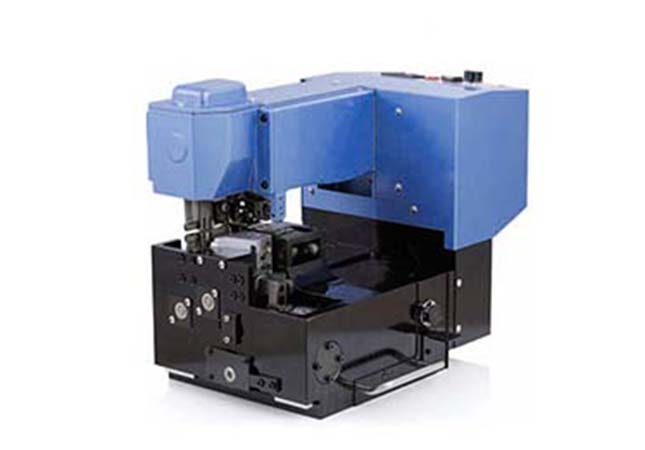Warp knotting is the last process before weaving, normally by the worker according to the organizational requirements of the cloth. And it can be operated by warp knotting machine if the variety and specifications of next fabrics are the same as that of the previous fabric on the machine, which can reduce the labor intensity of the warping and improve the work efficiency.

Main Causes
The task of the automatic warp knotting machine is to replace manually warping work by machinery to tie the yarn end of the new weaving shaft one by one and the worker will pull the knot through the dropper and heald eyes, reeds, to achieve the purpose of normal running of the weaving machine. However, compared with the weaving beams that are put on the machine after being warped manually, the automatic warp knotting machine occasionally has a lower fine weaving shaft rate, which is 15%~30% lower than manual warping. There are 2 main aspects that caused the weaving shafts defects of automatic warp knotting:
1. Large-span diagonal-pulled Wire&Overly Warp Defects
Before using the warp knotting machine, the operator first pushes the warp knotting frame to make it parallel to the weaving beam of the loom, then arranges the warp yarns of the new weaving shaft and places them under the frame for lamination. Then to arrange the original warp yarns that are placed on the weaving machine and put them on the upper layer of the warp knotting frame with pressing on them. Finally, align yarns on bot layers, and start operating the warp knotting machine to finish the warping work one by one from the first yarn. But what if the lower layer yarns are not combed in place or are overlapped and dislocated when being pressed? It will cause the double warp phenomenon of the lower layer. Afterwards, workers will pull the knot through the dropper, heald eye and reed, but the double warp defects will be found on the cloth really quickly. The solving method is to borrow yarns from both sides of the weaving shaft, which is easy to produce large-span diagonal-pulled yarn, affecting the normal operation of the loom.
2. Multi-yarns Warping & Double Yarns of Lower Layer
Same as above, what if the upper layer yarns are not combed in place or is overlapped and dislocated when being pressed? Then the double warp phenomenon of the upper layer will occur and even cause reed resistance when manually pulled yarns through the dropper, heald eye and reed if it cannot be found and dealt with in time. So that the multi-yarns warping and double yarns phenomenon will appear, affecting the normal running of weaving machine.
How To Solve The Problems
In order to ensure the improvement of the high quality of weaving shaft, it needs to give up the woven shafts that have not been processed during the sizing, including the long or few heads and the looms with serious twists on the original loom. Also, weaving beams that have been used 3 times on the same loom should also be discarded, for achieving an easier carding and arrangement of yarns in the previous steps and for reducing the occurrence of warp defects.
Currently, the wide looms are the main developing direction. Some manufacturers only set 1 operator to do the warp knotting work to reduce the labor cost of manufacturing, and the warp yarn of the loom shaft on the machine is also combed only by 1 person, which forces the operator to only comb the segments one by one, resulting in the overlapping and twisting of yarns between the segments. It not only affects the working efficiency of the loom. But also case the removing and re-wrapping of yarns if there are too numerous twists in the weaving beam processed by the warp knotting machine. Thus, if it is overly wide, we need to increase the manpower for combing.




